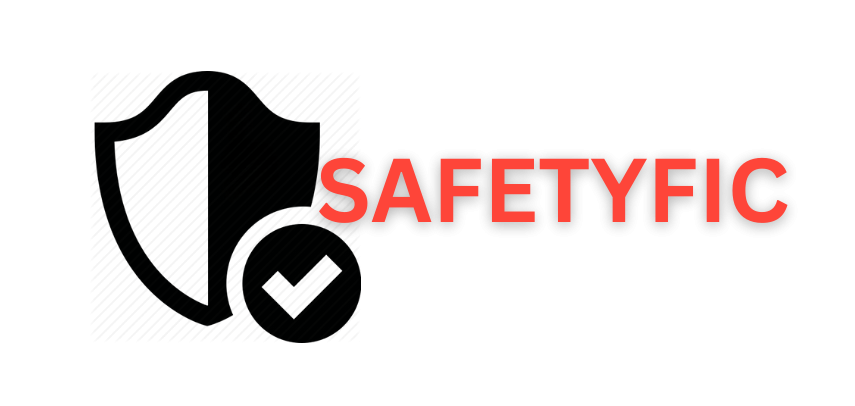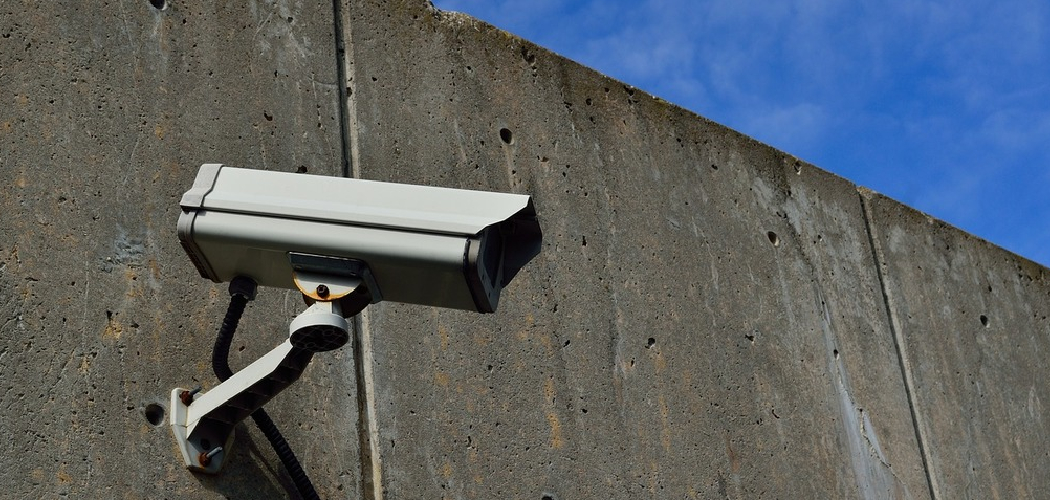Are you concerned about your home or business security? Don’t worry; installing outdoor security cameras can help provide peace of mind.
How to install security cameras outdoor is an effective way to enhance the safety and security of your home or property. By strategically placing cameras, you can monitor activity, deter potential intruders, and gain peace of mind knowing your surroundings are protected. While the idea of installation might seem overwhelming, the process can be straightforward with the right guidance. Additionally, advancements in technology have made outdoor cameras more user-friendly and accessible for homeowners.
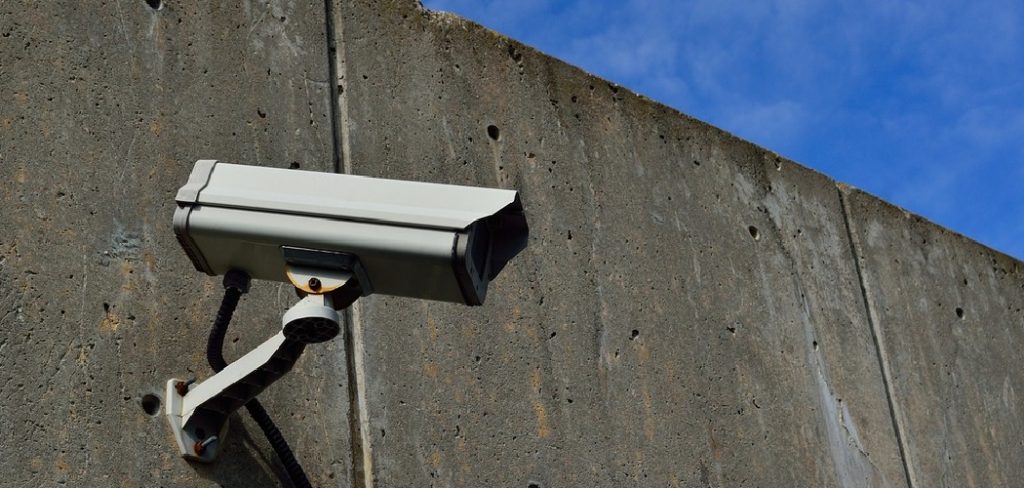
This guide will walk you through the essential steps and considerations to ensure your security cameras are set up correctly and function optimally for outdoor use. Let’s get started!
What Are the Benefits of Installing Outdoor Security Cameras?
Installing outdoor security cameras provides numerous benefits for homeowners, including:
- Deterrence: The mere presence of security cameras can deter potential intruders from targeting your home.
- Evidence: In case of a break-in or vandalism, outdoor cameras can capture footage that can serve as evidence for law enforcement and insurance claims.
- Remote Monitoring: With the ability to monitor your cameras remotely through a smartphone or computer, you can keep an eye on your property even when you’re away.
- Peace of Mind: Knowing your home is being monitored and protected adds an extra layer of peace of mind for homeowners.
What Material Will You Need?
Before purchasing outdoor security cameras, there are a few things you should consider and have in place.
- Stable Internet Connection: For your cameras to function properly and for you to access the live feed remotely, you will need a stable internet connection. Check the signal strength in the area where you plan to install the cameras.
- Power Source: Outdoor security cameras require a power source to function. This can be through an outlet or by using batteries. If using an outlet, ensure it is weatherproof and located near where you plan to install the camera.
- Mounting Equipment: Depending on the type of camera you purchase, you may need specific mounting equipment such as screws or brackets to install the camera securely. Make sure to have these items on hand before beginning installation.
- Wi-Fi Connection: Most outdoor security cameras require a Wi-Fi connection to your home network to function correctly. Make sure you have a stable internet connection in the area where you plan on installing the camera.
- Camera Placement: Proper placement of an outdoor security camera is crucial for its effectiveness. The camera should be placed high enough to avoid tampering but low enough to capture clear images and videos. It should also have a wide viewing angle to cover as much area as possible.
8 Easy Steps on How to Install Security Cameras Outdoor
Step 1. Choose the Right Camera:
The first and most crucial step in installing outdoor security cameras is selecting the correct type of camera for your specific needs. Consider the camera’s resolution, night vision capabilities, and whether it should be wired or wireless. High-resolution cameras provide more explicit images that can help identify faces, license plates, or other vital details, especially in large areas.
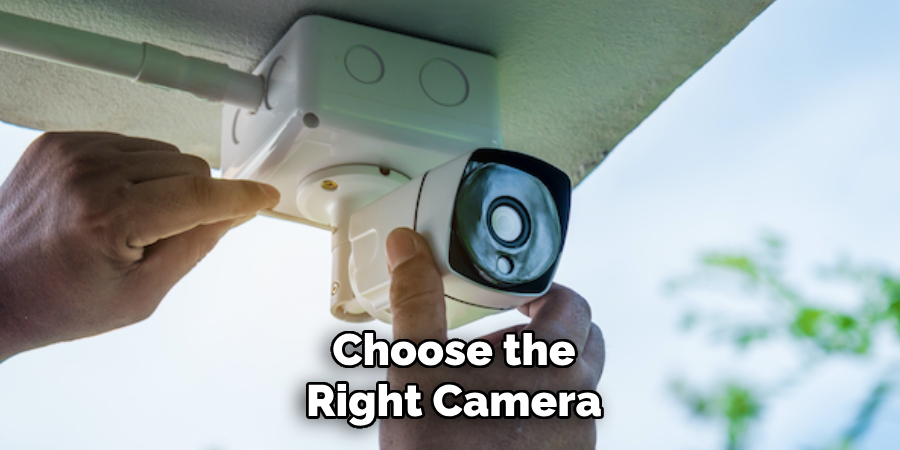
Night vision is essential for monitoring during low-light conditions or at night, while the choice between wired and wireless depends on your preference for ease of installation versus reliability. Additionally, think about weatherproofing and durability features, as outdoor cameras must withstand varying weather conditions, such as rain, snow, and extreme temperatures. Opt for a camera with an IP rating of 65 or higher for reliable outdoor performance. Research and compare models to find the best fit for your security requirements.
Step 2: Disconnect the Camera
When you have finished setting up and installing your security cameras, it’s essential to disconnect them from your computer or router. This is to prevent potential hackers from gaining access to your network through the camera’s connection.
Changing the default password on your camera is also recommended, as these are often easy for attackers to guess. Choose a strong password that includes a combination of letters, numbers, and special characters.
Step 3: Set Up Remote Access
One of the main benefits of having security cameras is monitoring your home or business remotely. To do this, you must set up remote access for your cameras.
There are different methods for setting up remote access, depending on your camera type. Some cameras have a built-in feature for remote access, while others may require you to download and install software.
Regardless of the method, it’s important to follow the manufacturer’s instructions carefully to ensure proper setup. This may include creating an account with a username and password, configuring network settings, or using port forwarding.
Once remote access is enabled, you can view your camera’s live feed from anywhere with an internet connection. This allows you to monitor your property even when you are not physically present.
Step 4: Regularly Update Firmware
Like any electronic device connected to the internet, security cameras are vulnerable to cyber attacks if not correctly updated. It is essential to check for firmware updates and install them when available. These updates often include security patches that can help protect your camera from potential threats.
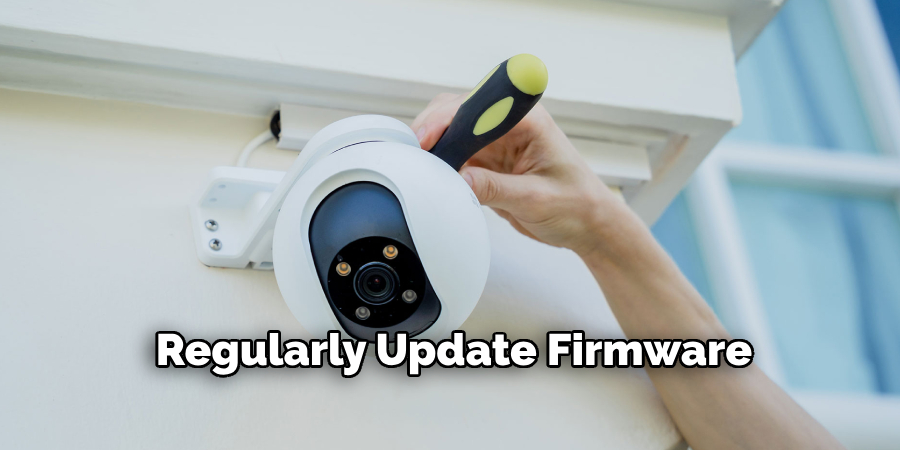
Additionally, firmware updates may bring new features or improvements to your camera’s performance. By keeping your firmware up to date, you can ensure that your camera is functioning at its best.
Step 5: Use Strong Passwords
As with any online account, using strong and unique passwords for your security camera’s login credentials is crucial. Avoid using shared or easily guessable passwords, such as your name or birthdate. Instead, combine letters, numbers, and symbols to create a strong password. Consider using a password manager to generate and store complex passwords for all your online accounts.
Step 6: Enable Two-Factor Authentication
Enabling two-factor authentication (2FA) adds an extra layer of security to your account, making it significantly harder for unauthorized users to gain access. With 2FA, you must verify your identity through a second step beyond your password, such as entering a code sent to your mobile device, using an authentication app, or even a biometric method like a fingerprint scan. This ensures that even if someone obtains your password, they still need access to your second authentication factor to log in. Most modern security cameras support this feature, and it’s highly recommended to be enabled through the device’s app or management portal. Doing so dramatically reduces the risk of unauthorized access and protects your personal privacy and data.
Step 7: Secure Your Home Network
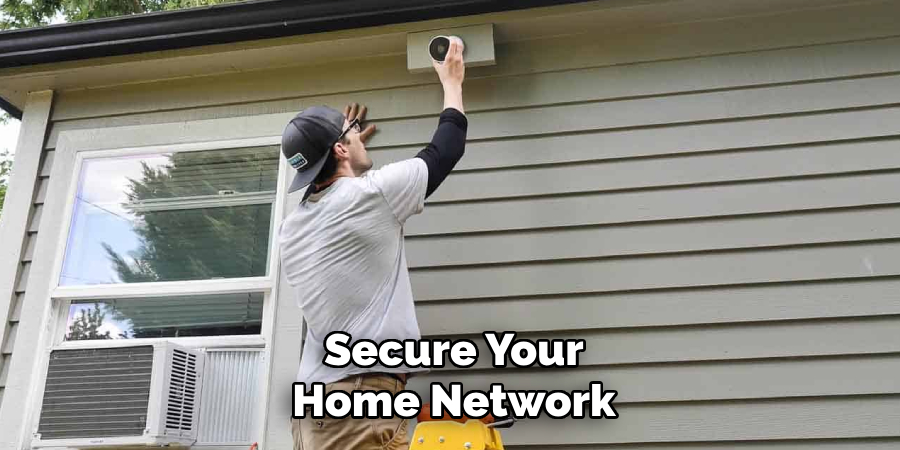
Securing your home network is crucial in protecting all connected devices and safeguarding your personal information. Start by ensuring your router is updated to the latest firmware, as manufacturers often release updates to address vulnerabilities and improve security.
It’s essential to change the default login credentials of your router to a strong, unique password, as default usernames and passwords are widely known and easily exploited by attackers. Additionally, enabling WPA3 or at least WPA2 encryption for your Wi-Fi network helps protect data transmissions from being intercepted. Consider setting up a guest network for visitors to keep your primary network more secure and minimize unauthorized access to your main devices.
Step 8: Stay Informed and Educated
It’s important to stay informed and educated about the latest cybersecurity threats and best practices. This can help you make informed decisions on protecting your devices and personal information.
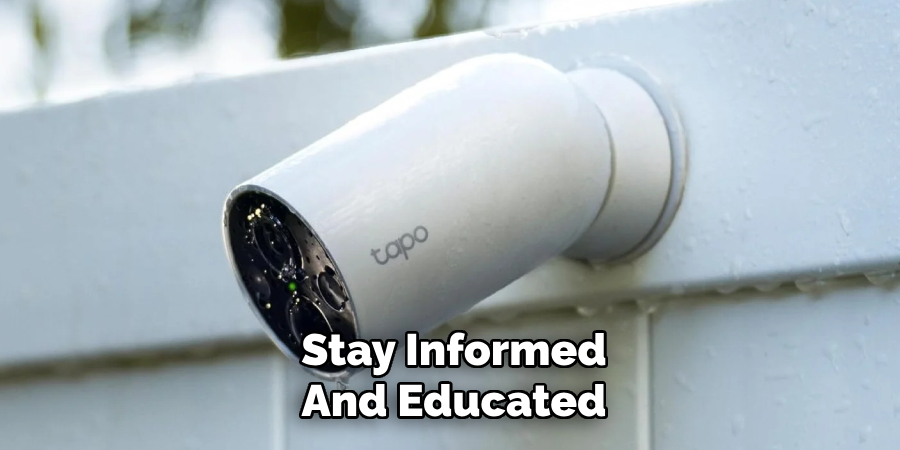
One way to stay up-to-date is by following trusted technology news sources or security blogs. These sources often provide timely updates on new vulnerabilities, data breaches, and other emerging cyber threats.
In addition, many organizations offer free resources like webinars or online courses that cover various cybersecurity topics. Taking advantage of these resources can help you better understand potential risks and how to mitigate them.
Following these tips and staying informed can better protect yourself and your devices from cyber attacks.
5 Things You Should Avoid
- Clicking on Suspicious Links: Avoid clicking on links from unknown or untrusted sources. These links can lead to phishing websites that steal your personal information or infect your device with malware.
- Using Weak Passwords: Refrain from easily guessed passwords like “123456” or “password.” Instead, use strong, unique passwords that combine letters, numbers, and special characters.
- Ignoring Software Updates: Neglecting to update your software and devices can leave you vulnerable to known security flaws. Always install updates promptly to ensure you have the latest security patches.
- Sharing Sensitive Information Online: Think twice before sharing sensitive data on social media or through unsecured platforms. Even small details about your life can be leveraged by cybercriminals for targeted attacks.
- Using Public Wi-Fi Without Protection: Avoid connecting to public Wi-Fi networks without a VPN. These networks are often unsecured and can expose your data to attackers looking to intercept your online activity.
Conclusion
How to install security cameras outdoor is an essential step to enhancing the safety and security of your property.
To ensure a successful installation, start by choosing durable, weather-resistant cameras designed for outdoor use. Select strategic locations that cover entry points, driveways, and any blind spots around your home while avoiding areas that may invade privacy. Proper mounting with secure brackets and adjusting the camera’s angle for optimal coverage is crucial. Additionally, ensure reliable power sources, whether wired or through solar panels or batteries, and connect your cameras to a secure Wi-Fi network for seamless monitoring.
You can create a robust deterrent against potential threats by carefully planning and adhering to these steps.
